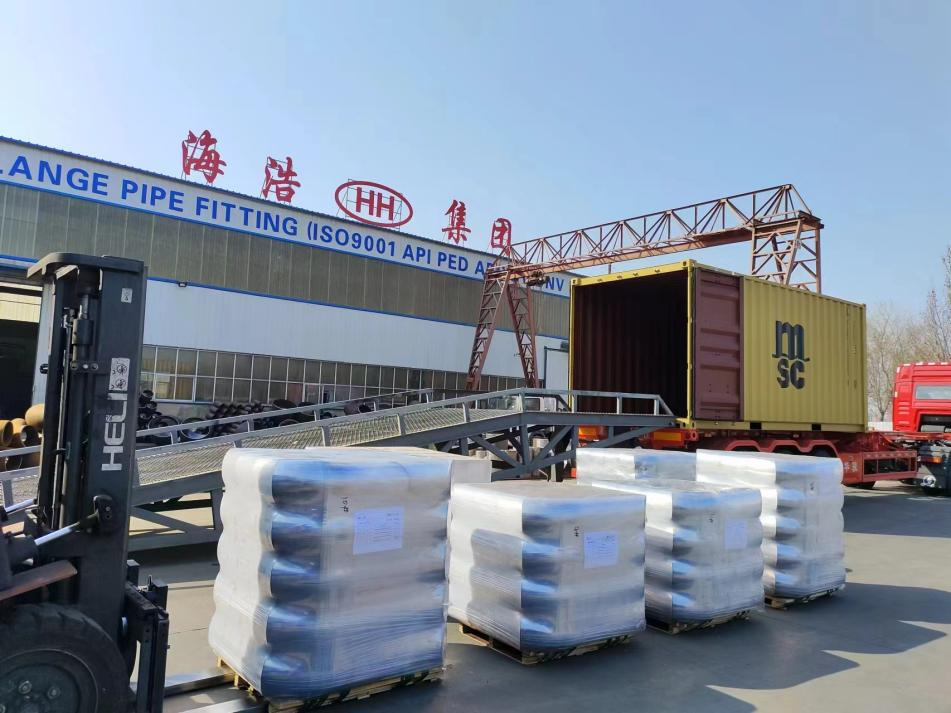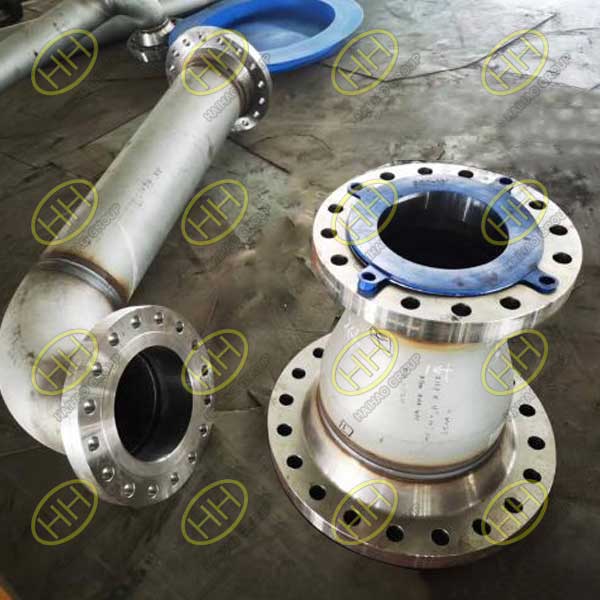The impact of Manganese on steel performance
Manganese (Mn) is a crucial alloying element in steel, playing a vital role in enhancing its strength, hardness, and wear resistance. It also significantly improves steel’s hardenability, which is essential for heat treatment processes, and assists in the deoxidation and desulfurization of steel, thereby improving its overall machinability and toughness. However, excessive manganese content can reduce ductility and increase brittleness, making precise control over its concentration essential.

ASME B16.11 90 Degree Socket Weld Elbows
Influence on Microstructure and Heat Treatment
Manganese has several important effects on the microstructure and heat treatment of steel:
1.Deoxidation and Desulfurization: Manganese is a strong deoxidizer and desulfurizer, making it a common addition in industrial steels to remove oxygen and sulfur impurities, which can cause brittleness and other defects.
2.Austenite Stabilization: Manganese dissolves in ferrite and austenite, expanding the austenite region and lowering the critical temperatures (A3 and A4). When the manganese content exceeds 12%, it can stabilize austenite at room temperature, leading to a single-phase austenitic structure.
3.Hardenability: Manganese significantly lowers the Ar1 and martensitic transformation temperatures, second only to carbon in its effect. This enhances the steel’s hardenability, increasing the amount of retained austenite and improving the uniformity and refinement of tempered structures.
4.Effect on Carbides: While manganese is a weak carbide former, it influences the distribution and characteristics of carbides in steel, affecting the microstructure after processes like carburizing and tempering.
Mechanical Properties
Manganese’s impact on the mechanical properties of steel includes:
1.Strength and Toughness: Manganese strengthens ferrite or austenite but not as significantly as carbon, phosphorus, or silicon. It does, however, increase the strength of pearlite in low and medium carbon steels, though with some reduction in ductility.
2.Enhanced Mechanical Performance: By increasing hardenability, manganese improves the mechanical properties of quenched and tempered steels. With careful control of heat treatment processes to prevent overheating and grain growth, manganese can enhance steel’s toughness.
3.Wear Resistance: Manganese contributes to the wear resistance of steel, particularly in high-carbon, high-manganese steels used for applications like wear-resistant castings and non-magnetic steels.

Haihao Group
Physical, Chemical, and Processing Properties
Manganese affects various physical and chemical properties of steel:
1.Thermal and Electrical Conductivity: As manganese content increases, thermal conductivity decreases while the coefficient of linear expansion rises. This can lead to greater internal stresses during rapid heating or cooling, increasing the risk of cracking.
2.Magnetic Properties: Manganese reduces the coercive force, saturation magnetization, residual magnetization, and magnetic permeability of steel. High manganese content can be advantageous for permanent magnets but detrimental to soft magnetic alloys.
3.Oxidation Resistance: High manganese content can lower the oxidation resistance of steel, which may require additional alloying elements to counterbalance.
4.Welding and Hot Workability: Manganese improves hot workability by forming high melting point MnS, which prevents the formation of low melting point FeS films that cause hot shortness. However, high manganese content can increase the risk of cracking during welding and forging, requiring adjustments in carbon content and other processing parameters.
Advantages of Manganese in Steel
1.Machinability: In free-cutting steels, manganese combines with phosphorus to form MnS inclusions, which aid in chip-breaking during machining.
2.Strengthening Low-Alloy Steels: Manganese is used to strengthen ferrite and pearlite in low-alloy steels, typically in the range of 1-2% by weight.
3.Improved Hardenability: In carburized and tempered alloy steels, manganese enhances hardenability, allowing for oil quenching and air cooling processes, which reduce the risk of cracking, distortion, and deformation.
4.Special Steels: Manganese is a key element in wear-resistant steels, non-magnetic steels, stainless steels, and heat-resistant steels, including high-carbon, high-manganese wear-resistant cast steels, medium-carbon high-manganese non-magnetic steels, and high-manganese heat-resistant steels.

prefabricated products
Disadvantages of Manganese in Steel
1.Temper Brittleness: High manganese content can lead to pronounced temper brittleness, which needs to be mitigated through careful heat treatment and alloying with elements like molybdenum, vanadium, or titanium.
2.Overheating Sensitivity: Manganese can promote grain growth during heat treatment, making the steel more sensitive to overheating. This can be controlled by adding grain-refining elements.
3.Welding Challenges: When manganese content exceeds 1%, it can impair the weldability of steel, necessitating careful control of welding parameters and carbon content.
4.Reduced Corrosion Resistance: High manganese content can decrease the corrosion resistance of steel, requiring additional alloying elements to maintain desired performance.
In summary, manganese is a versatile and essential alloying element in steel that enhances strength, hardness, and hardenability while improving machinability and wear resistance. However, its content must be carefully controlled to balance these benefits with potential drawbacks such as reduced ductility, increased brittleness, and challenges in welding and heat treatment.
Related article:
The impact of hydrogen on steel performance
The role of carbon in steel performance
The influence of silicon on steel performance

